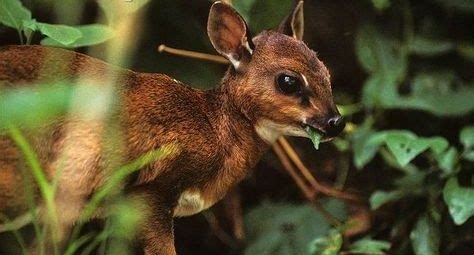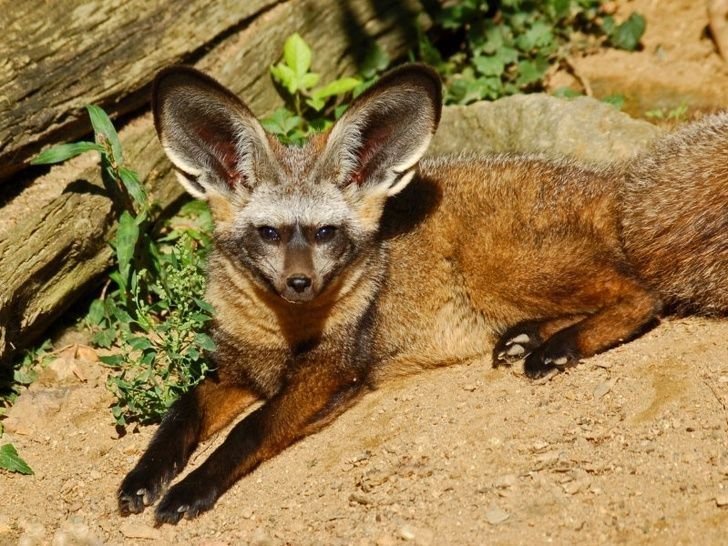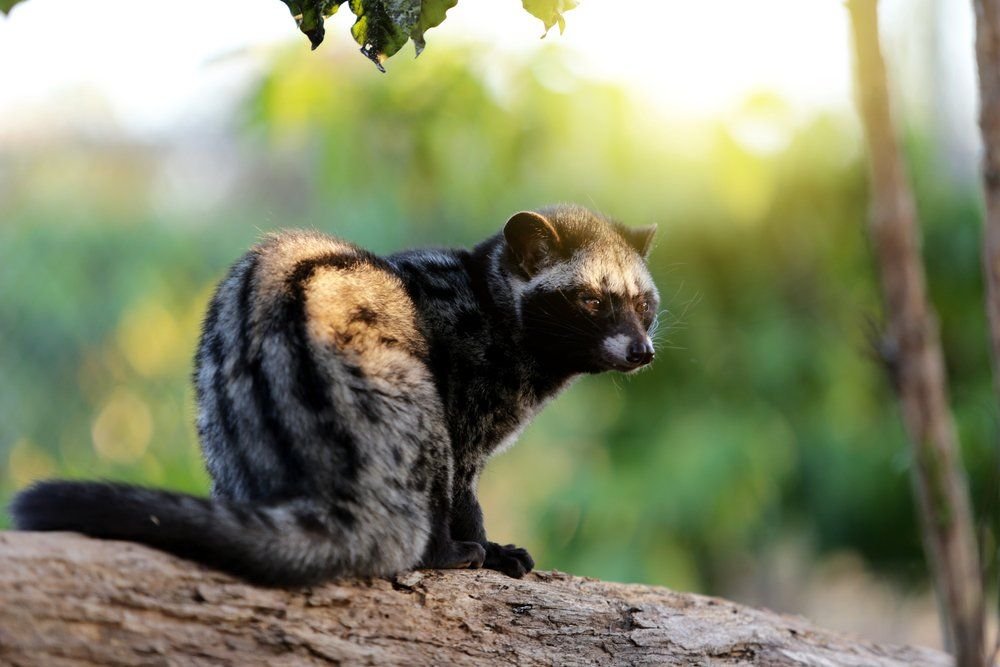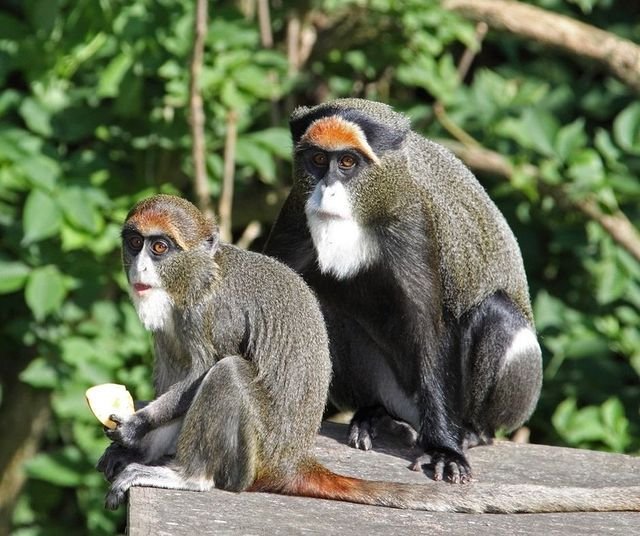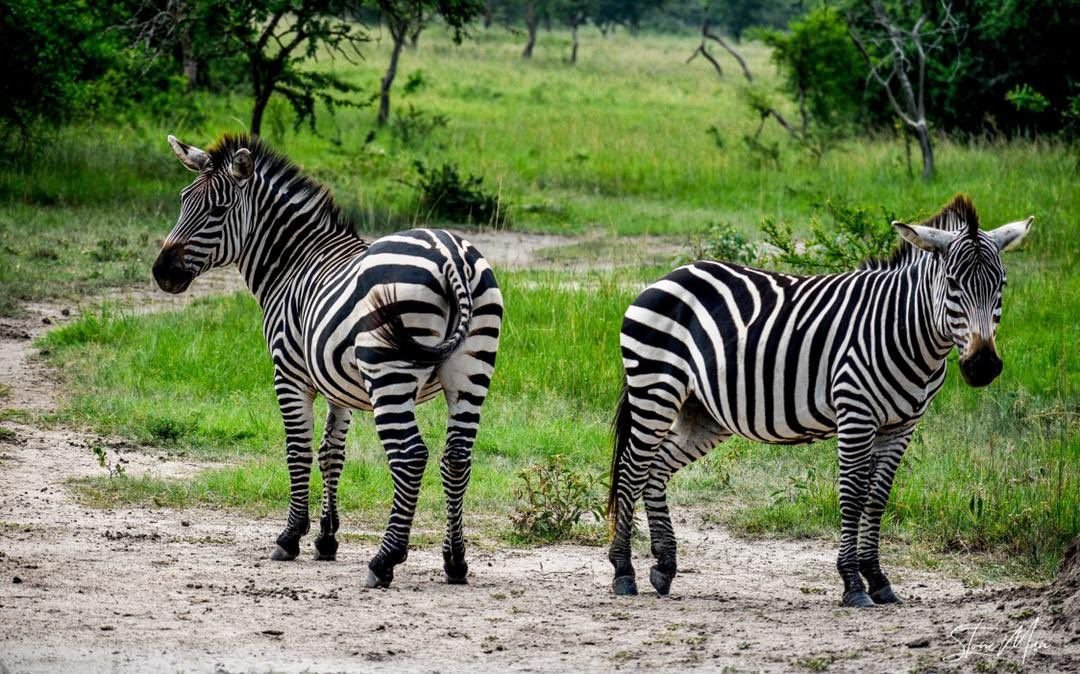Grant’s Gazelle
A species of gazelle known as the Grant's gazelle (Nanger granti) can be found from northern Tanzania to South Sudan and Ethiopia, as well as from the coast of Kenya to Lake Victoria. Swala Granti is its Swahili name. It bears the name James Grant, after the 19th-century British adventurer.
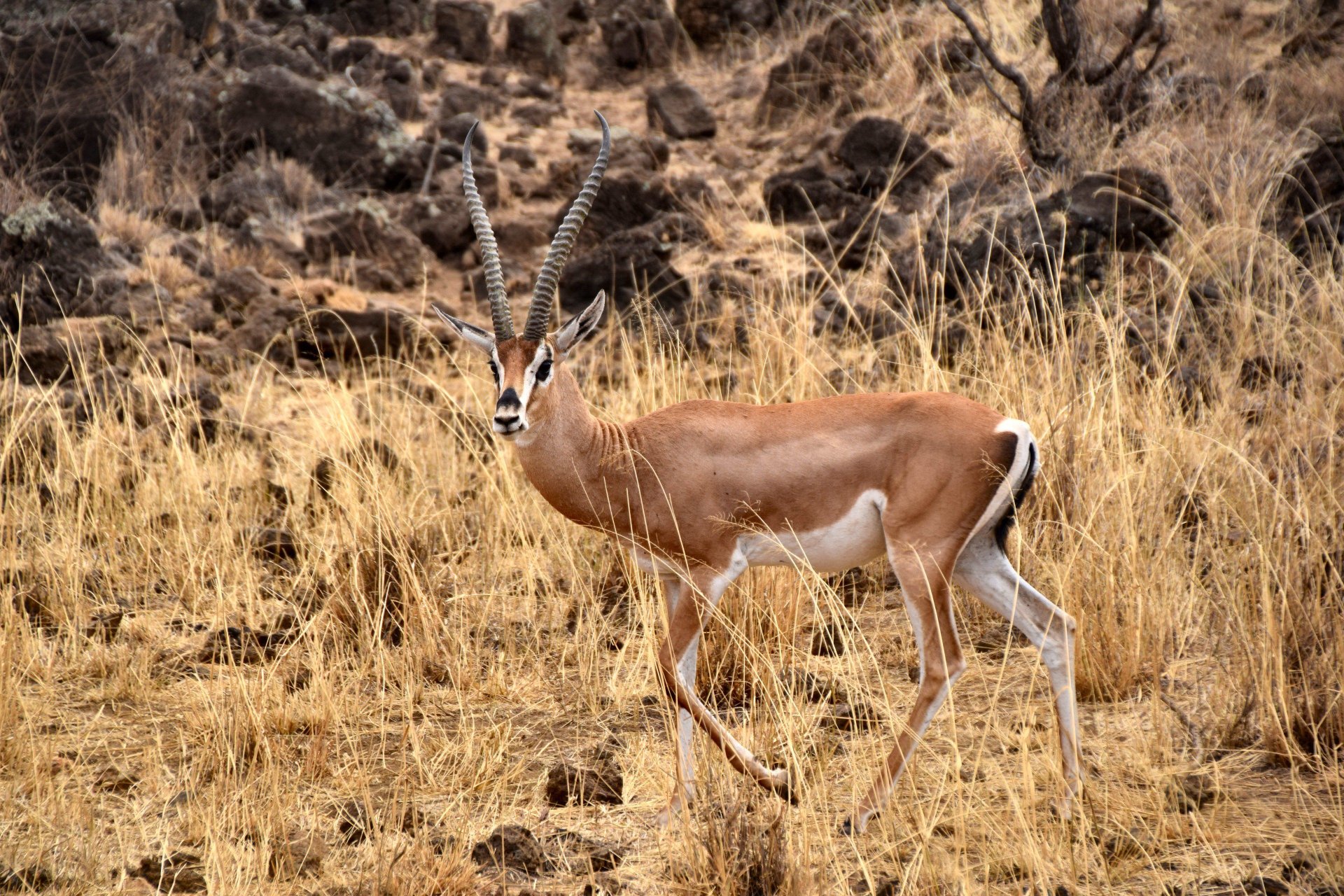
A species of gazelle known as the Grant's gazelle (Nanger granti) can be found from northern Tanzania to South Sudan and Ethiopia, as well as from the coast of Kenya to Lake Victoria. Swala Granti is its Swahili name. It bears the name James Grant, after the 19th-century British adventurer.
Its coat is white on the belly and beige orange on the back. The Grant's gazelle resembles the Thomson's gazelle in appearance, but it is larger and has horns in the style of a lyre that are thick at the base and prominently ringed. The Grant's gazelle, but not Thomson's gazelle, white on the rump that crosses the top of the tail is a helpful field mark. The subspecies are distinguished by many morphological traits, such as modest variations in coat colour and horn shape.
The Grant's gazelle, but not Thomson's gazelle, white on the rump that crosses the top of the tail is a helpful field mark. The subspecies are distinguished by many morphological traits, such as modest variations in coat colour and horn shape.
Grant's gazelle's behaviour
The Grant's gazelle inhabits broad grass plains and is frequently seen in shrublands in East Africa. It stays away from areas with tall grass since it reduces the visibility of predators. They can also be found in semiarid regions and are comparatively well suited to dry environments; during dry seasons, they rely more on browse or leafy material to augment their water intake. They occasionally migrate, but they do not go where the majority of other ungulates do, including Thomson's gazelles, zebras, and wildebeest, which are more reliant on water. They can live off of vegetation in semiarid, waterless environments where there is less competition.
The Grant's gazelle is a social, savanna-dwelling, and occasionally migratory animal. The females' home ranges overlap with the males'. The only territorial gazelles are males. All female gazelles that enter the males' territories are herded. The dominant male fiercely protects the ladies during estrus, preventing other males from mating with them. Any female who tries to escape is ferociously dragged back. The male's posture toward her usually suffices to prevent the female from leaving.
Reproduction in Grant's Gazelles
At 18 months, Grant's gazelles reach sexual maturity. Males in territorial groups mate more frequently than do bachelor groups. A male follows a female and waits for her to urinate before beginning the wooing routine. The male performs the Flehmen response when she does to ascertain whether she is in estrus.
Grant's Gazelle Diet
Most of Grant's gazelles are mixed feeders, meaning they both graze and browse. Their meals appear to be influenced by the amount of rainfall. The Grant's gazelle is extremely effective at digesting dry materials, which helps it endure heat stress and dehydration. Grant's gazelles eat less than farmed animals, but because they can get protein from forage more quickly, they are more adapted to harsh environments. The reduced development rates of grazed plants may be a result of the Grant's gazelle's diet. They rarely need to drink water because they obtain the majority of their moisture from the plants they consume.
In the dry and rainy seasons, Grant's gazelles mostly consume dicotyledons and grass, respectively.
Where to see Grant’s Gazelle
Visit the Pian Upe, Matheniko, and Bokora game reserves from Soroti town after travelling north from Kampala to the Karamoja District in Eastern Uganda. A vacation here is also required to fully experience the region's diverse cultures, especially those of the nomadic Karamojong tribe.
What's Your Reaction?
 Like
0
Like
0
 Dislike
0
Dislike
0
 Love
0
Love
0
 Funny
0
Funny
0
 Angry
0
Angry
0
 Sad
0
Sad
0
 Wow
0
Wow
0





























































